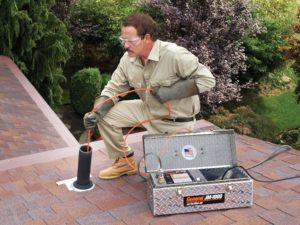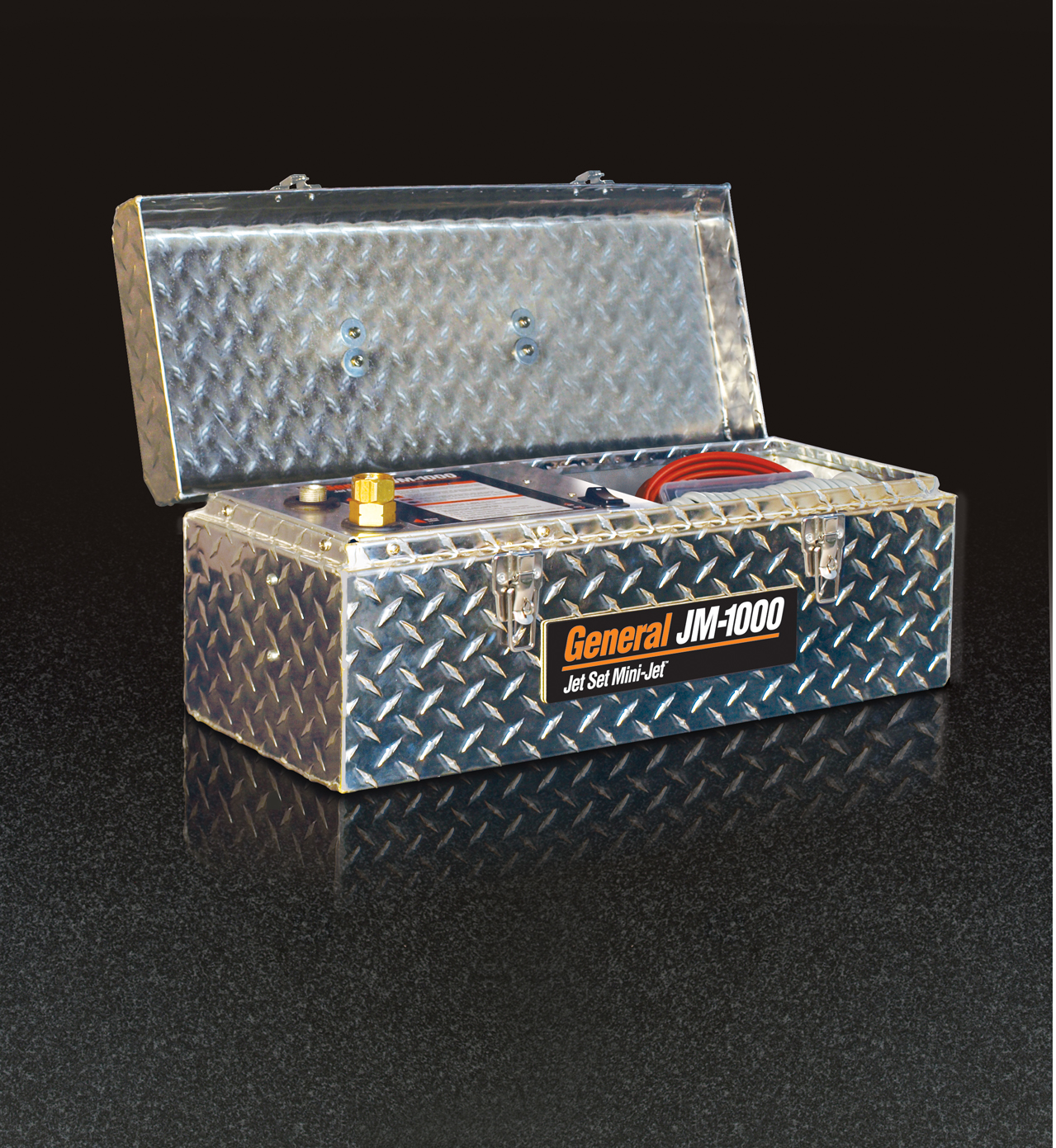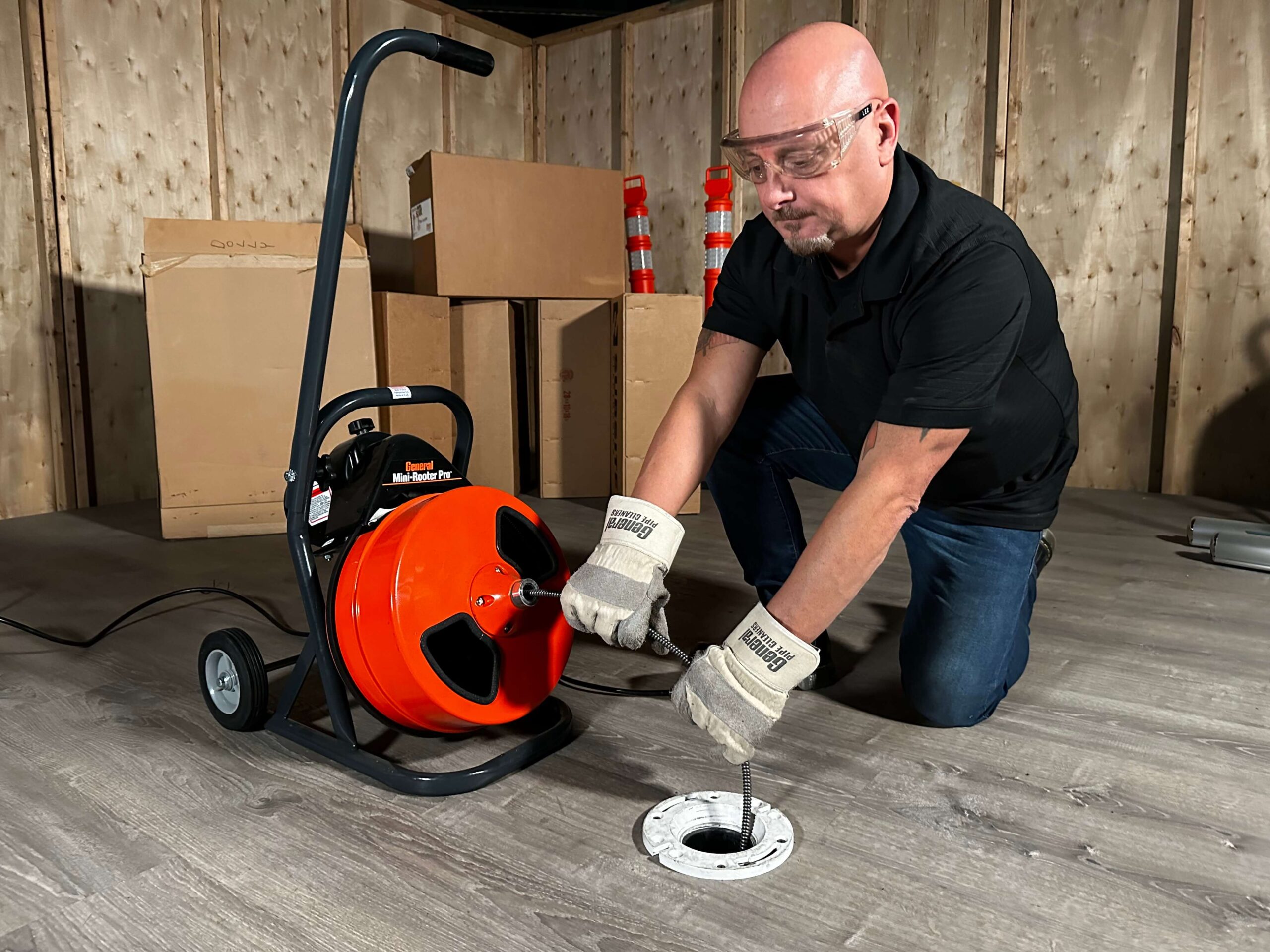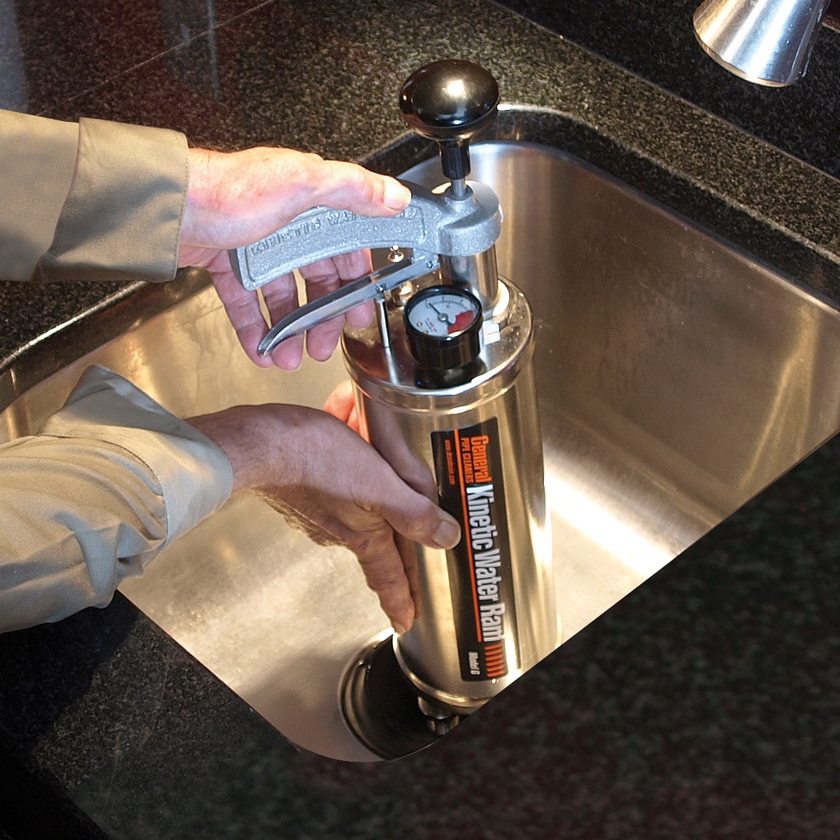Although this might seem like a trick question to many drain cleaners and contractors, there are two trends developing in the plumbing world that could change your answer AND your perspective on water jetters!
First, more and more contractors are telling me that most of the grease that is gumming up the plumbing in today’s world is located ten to fifteen feet down the drain from a kitchen sink. Although many contractors still attack this problem with a snake, most have found that this is just a temporary solution. Yes, you can poke a hole in a grease clog with a drain cleaning cable to get the water moving again, but don’t be surprised if you get another phone call in a day or two asking for a do-over. That’s because grease clogs have a tendency to re-heal and clog again, so snakes are not the right tool for the job.
What is? High-pressure water jetters, preferably one with a very thin, flexible hose with moderate pressure and low gallons per minute flow. Kitchen sinks are not a situation where you want to attach a small hose to your trailer jetter, because back flow can be an issue. A separate, smaller water jetter, portable enough to get under the kitchen sink, with at least 1,500 PSI and under 2 GPM flow, is perfect for this type of job. When it comes to kitchen sinks, small is the next big thing, and business is booming!

Second, if you are into plumbing service work and you haven’t heard of something called “I & I,” then maybe you should take a few minutes to check it out. It stands for inflow and infiltration, and it’s an issue that is only going to get bigger. It’s important because freshwater leaking into service laterals is choking our sewage treatments plants.
Essentially, our laterals are leaking like sieves. The EPA estimates that around half of all the liquid that arrives at treatment facilities started out as clean rainwater that infiltrated service laterals. What happens when you mix a gallon of rainwater with a gallon of sewage? You get two gallons of sewage. This doubles the cost of transporting and treating waste, and it’s overwhelming our infrastructure and threatening the environment.
However, there is an upside for service plumbers and drain cleaners. The EPA strongly recommends that you replace, repair or reline all leaking pipes to mitigate the problem. This effort could lead to trillions of dollars in repairs over the next twenty years. That’s Trillion, with a “T!” All you need is a camera and a sewer jetter on your truck to be part of this gold rush per se.
Why the jetter? It’s because you won’t be able to see the cracks, flaws and out-of-code connections that lead to I & I issues if you don’t jet the pipe first to remove the grease, sludge and debris that could impair your vision. In this case, a medium- to large-sized water jetter would be the right tool for the job, something with a minimum of 4 GPM flow and 3,000 PSI that can do an effective cleaning job on a four-inch lateral.

So, how many high-pressure water jetters should you have on your truck? I would recommend at least two! Check-out our entire section of water jetters, including electric water jetters, gas-powered jetters and yes, even trailer jetters for the very big jobs needing maximum cleaning power.
For more information, contact the Drain Brains® at General at 800-245-6200 or by email – [email protected]. You can also communicate with us by using our handy form too. When you’re ready to start jet-setting, please see our Where to Buy page for a distributor near you.





